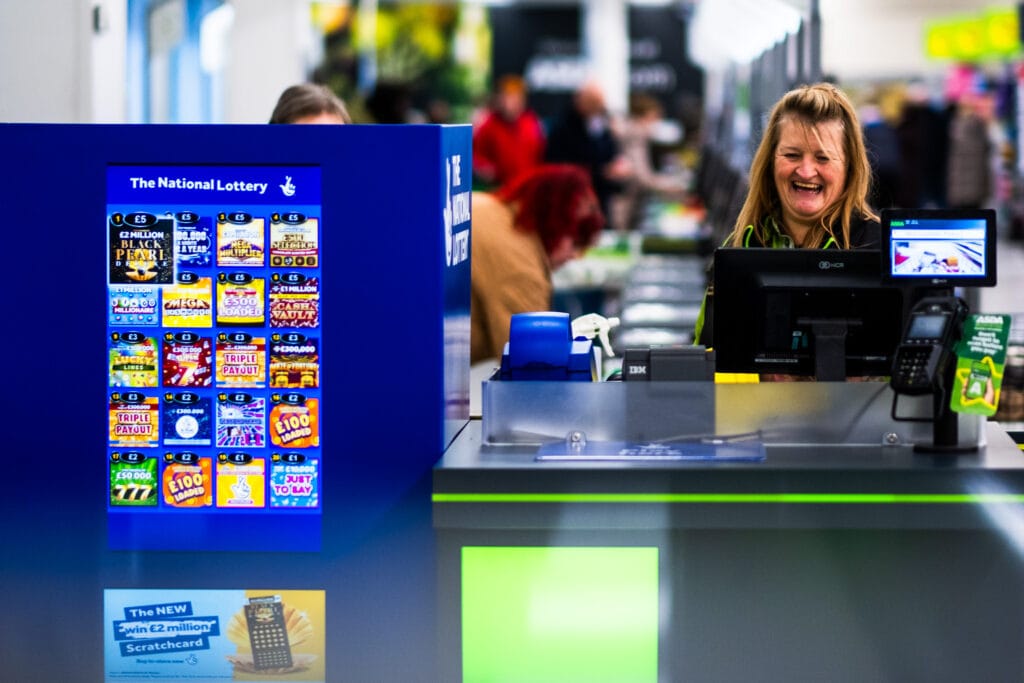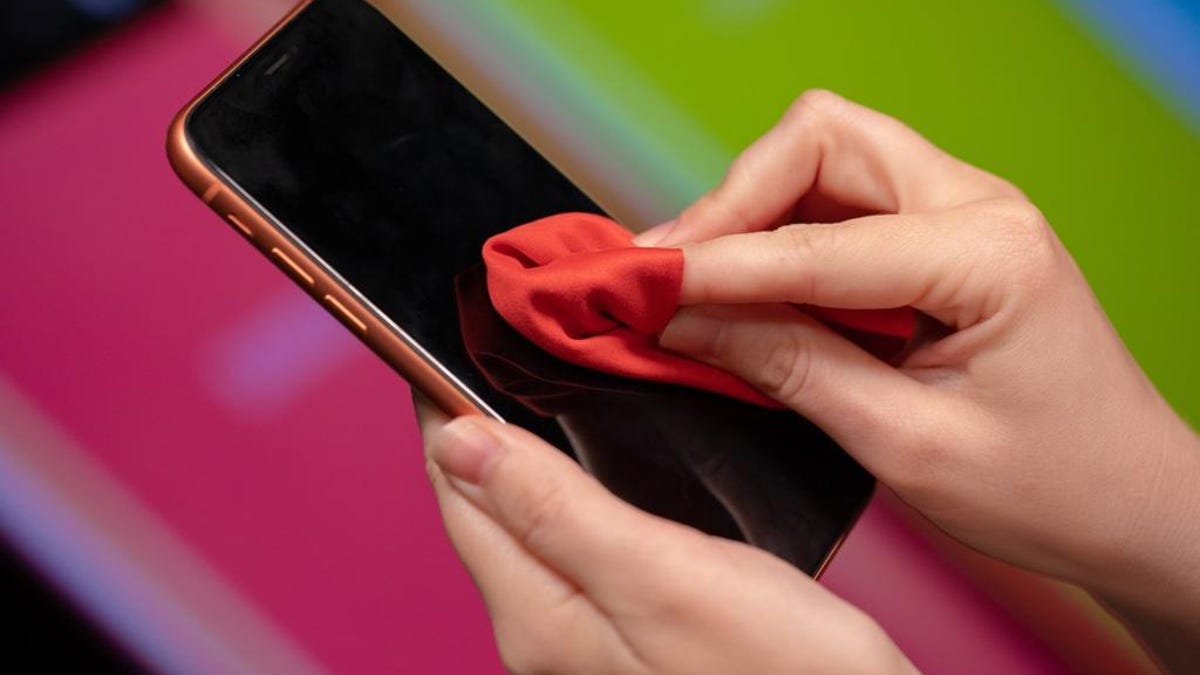While technology breaks show promise in reducing distractions, they may not significantly boost learning outcomes in college classrooms, prompting the need for more targeted interventions.
Study: Evaluating technology breaks on cell phone use in a college classroom. Image Credit: insta_photos / Shutterstock.com
A recent Frontiers in Education study evaluates the efficacy of technology breaks (TBs) in reducing cell phone use in a college classroom setting.
The effects of cell phone use in classrooms
The use of technology in the classroom can significantly enhance the learning experience. However, it may also involve students using electronic devices to engage in non-academic activities during class time, such as watching sports, reading the news, using social media, and texting, all of which can reduce class participation and academic performance.
One previous study found that students self-reported using their phones in class about eleven times every day for non-academic reasons. Using a cell phone in class could be considered task-switching, which adversely affects retention and learning.
One potential intervention to mitigate the adverse effects of cell phone use is technology breaks (TBs), during which students can check their devices during designated time slots. Previously, researchers closely monitored two students during study sessions while experimentally evaluating TBs, which led to notable reductions in multimedia use during study time. Despite this evidence, TBs must be tested more widely in other settings, including classrooms.
About the study
The current study’s researchers evaluated the TB intervention in a college classroom setting and quantified its effect on cell phone use. In an undergraduate critical thinking class, both TB and question breaks (QBs), the latter of which served as the control condition, were alternated using a multi-element design. QBs allowed students to ask questions of the professor, while TBs encouraged students to check their phones.
One-, two-, or four-minute TB sessions occurred 15 minutes into a 45-minute lecture. The fixed-time (FT) delivery of a reinforcer was used during TB to function as an abolishing operation (AO).
The average attendance for 22 class periods was 21 students, with the minimum and maximum being 17 and 27, respectively. In 11 class periods, the TB policy was in effect, and the average attendance was 21.
For TBs of one-, two-, and four-minute durations, the average attendance was 20, 20, and 22, respectively. The average attendance when the QB policy was in effect was 21. For all QB durations, the average attendance was 21, 22, and 21, respectively.
Study findings
The rate of cell phone use was calculated by dividing the total frequency of cell phone use by the number of intervals across all duration conditions. The average rate for TB was 0.35 uses per minute, which was significantly lower than the control QB rate of 0.53.
The use rate was maintained at 0.3 uses each minute for the TB group, except for the sixth class period, where a higher use rate was observed in the 2-minute TB condition. In the control group, the rate increased to one use per minute at the beginning of the semester before declining consistently from the seventh class period. The introduction of an end-of-break warning, starting from the 17th class period, did not have a significant impact on cell phone use during TBs.
A Wilcoxon signed-rank test did not identify any significant differences in quiz scores across the TB and QB groups, with the only difference observed between QB and TB at one minute each. At TB one minute, average quiz percentages were consistently higher at over 80% as compared to other durations of the TB intervention. The study found that TB 1-minute was the most effective duration in terms of quiz performance, producing higher scores compared to 2-minute and 4-minute TBs. Across the different QB durations, the average quiz percentages were not significantly different.
TB one-minute had the lowest cell phone use before the break, with 1.25 uses recorded, followed by TB four-minute with 4.75 uses. Immediately following the one- and four-minute TBs, an increase in cell phone use was observed.
Cell phone use during TBs was similar at each duration, with 15-20 uses reported each minute. The cumulative cell phone use during the QBs remained close to zero regardless of duration.
Conclusions
TBs appear to be a promising approach to reducing classroom cell phone use; however, the study findings were weakened due to variability in the data. More specifically, variability was observed across two of the data points in the main condition, which included high cell phone use in one session of the TB two-minute condition and low in one session of the QB-1 minute condition. The study also noted an increase in cell phone use immediately after TBs, indicating that students may continue to use their phones even after the break period ends.
Another limitation of the current study is that it did not consider smart-watch or laptop use, which could have been used by students to send text messages or communicate with friends. This omission could explain some of the variability observed in the data. Thus, future studies that incorporate other types of devices into the breaks are needed.
Journal reference:
- Redner, R., Hurtado-Parrado, C., Cifuentes, J., et al. (2024) Evaluating technology breaks on cell phone use in a college classroom. Frontiers in Education. doi:10.3389/feduc.2024.1393070


